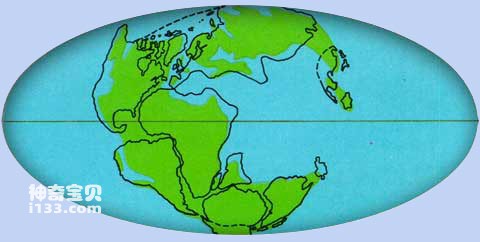
In the late Triassic period about 230 million years ago, the first dinosaurs evo···
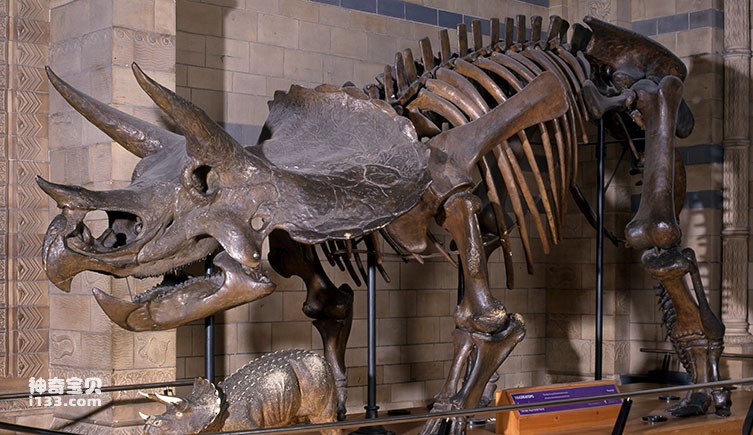
Triceratops is one of the world's most famous dinosaurs, known for its parrot-li···

Shantungosaurus is a duck-billed dinosaur and the largest ornithopod ever discov···
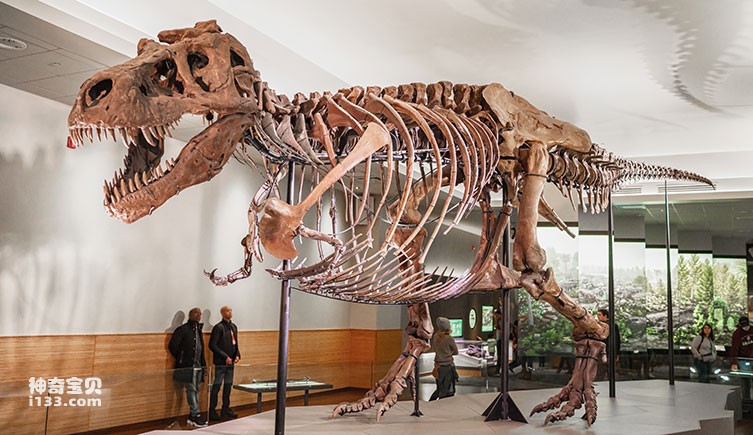
Tyrannosaurus rex is one of the most famous large carnivores of all time. It liv···

Giganotosaurus is another of the largest carnivorous dinosaurs. However, its exa···
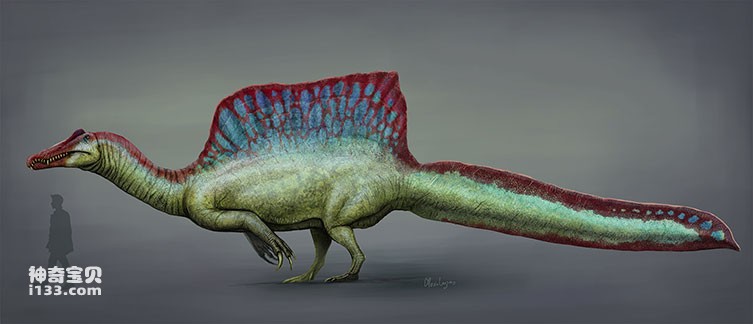
In the list of the largest dinosaurs, plant-eating sauropods occupy all the top ···
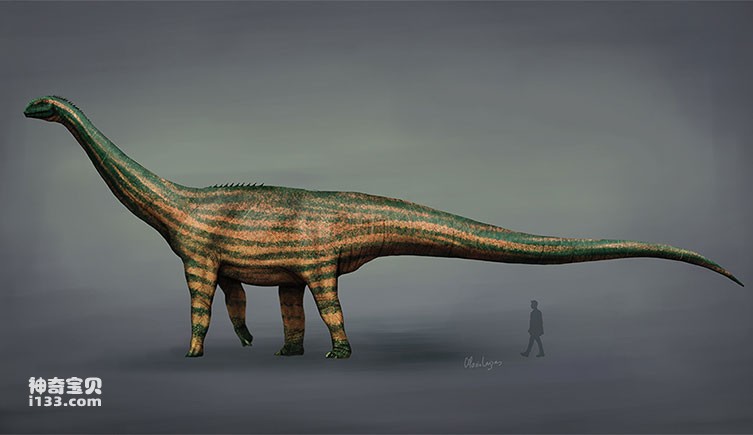
Turiasaurus lived in the late Jurassic period about 155-146 million years ago. T···
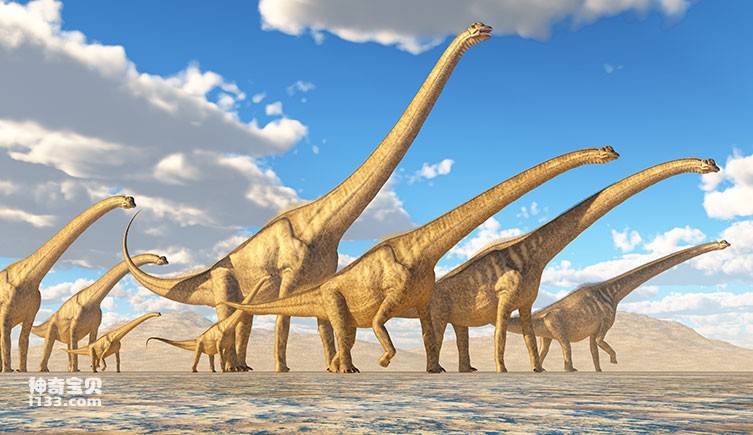
Due to the large size of the fossil, scientists once thought that the Poseidon d···

Some estimates of Dreadnought suggest the dinosaur weighed as much as an airplan···
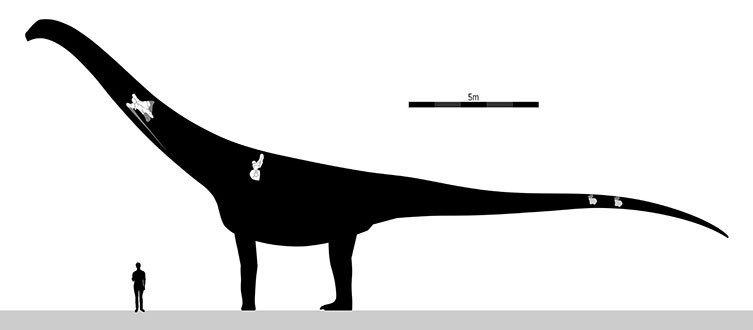
Puertasaurus has very few bones, as shown here, but it is one of the largest din···
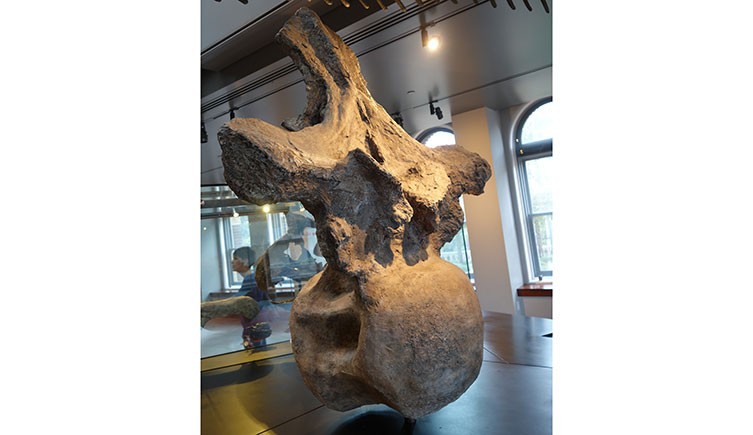
Argentinosaurus is rarely found. This is a model of one of the dinosaur's giant ···
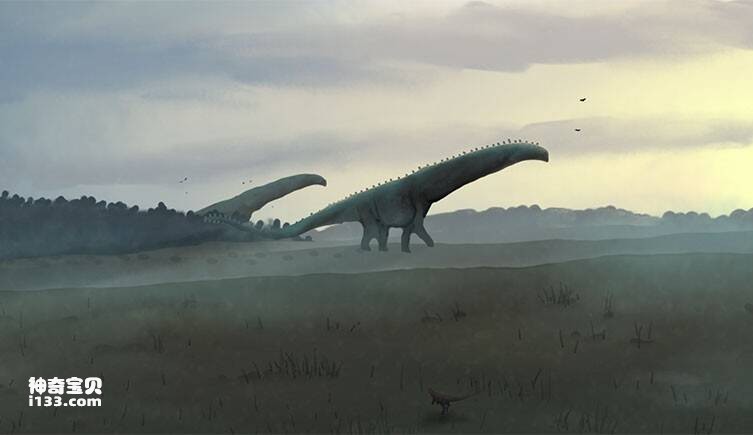
Visitors to Titanosaurus Patago at Britain's Natural History Museum will be able···

The largest dinosaur in the world is Titanosaurus. In fact, these prehistoric re···
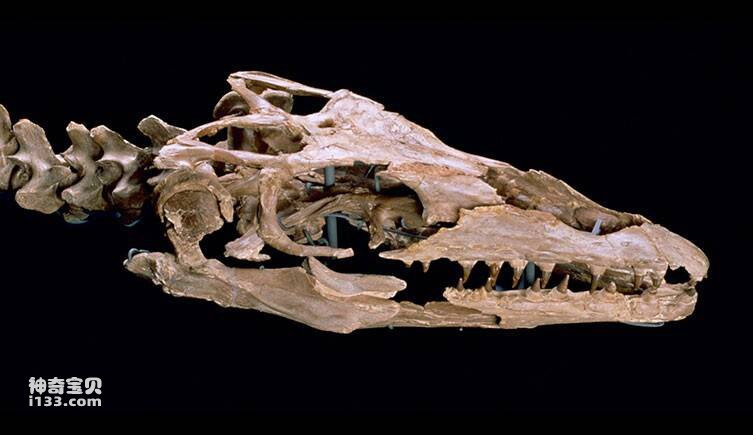
The Cretaceous is a geological period that began 145 million years ago and ended···
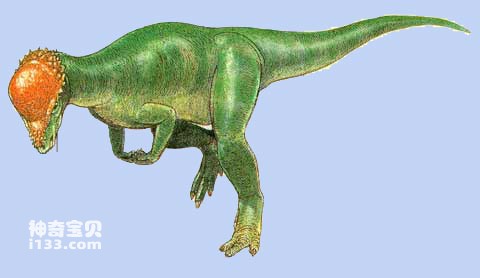
In the late Cretaceous period from 100 million to 65 million years ago, the dino···

More than 70 years ago, in order to search for the fossils and cultural relics l···
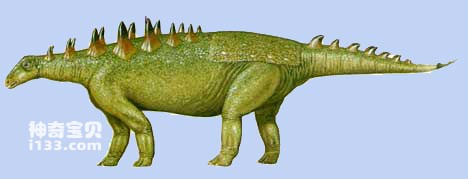
The small tank-like dinosaur with hard armor on its body is called ankylosaurus.···
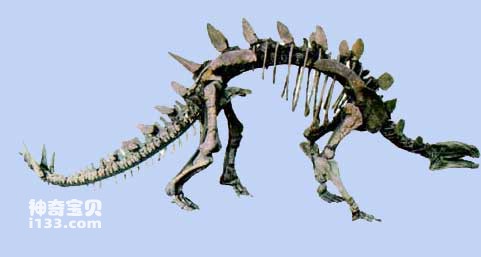
Similar to the situation with sauropods, stegosaurs likely appeared in the early···
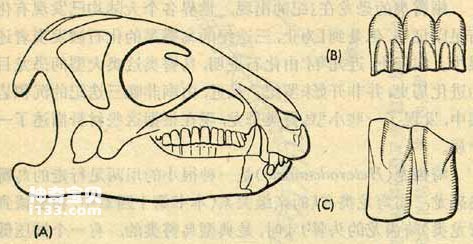
1. Early ornithopod dinosaurs Compared with the numerous representatives of saur···
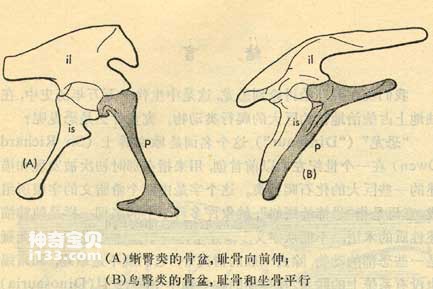
Early paleontologists believed that dinosaurs were a class of reptiles of their ···
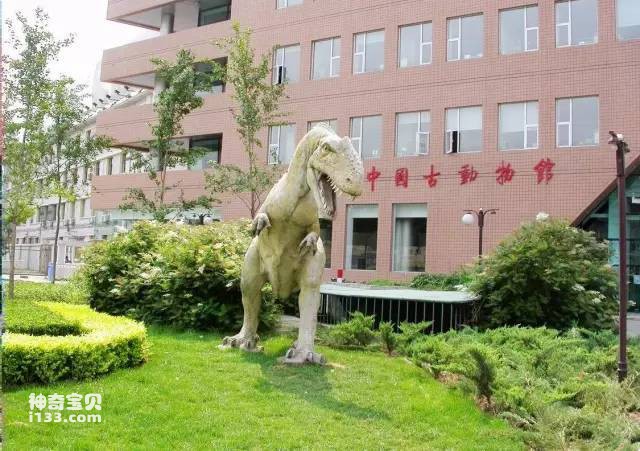
The authoritative British scientific journal "Nature" published on December 7, 2···
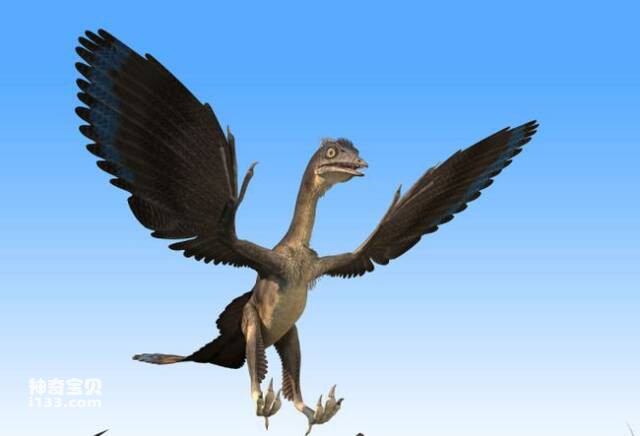
The debate over whether birds originated from dinosaurs has been going on for mo···
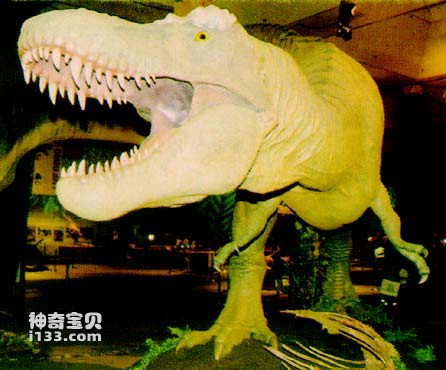
Tyrannosaurus rex is the most attractive and shocking dinosaur family, a large c···

Recently, a new dinosaur fossil site was discovered in Chuanjie Township, Lufeng···
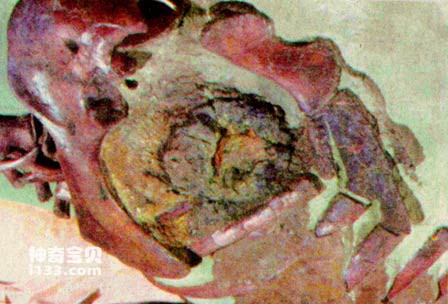
One of the two most authoritative scientific magazines in the world, the America···
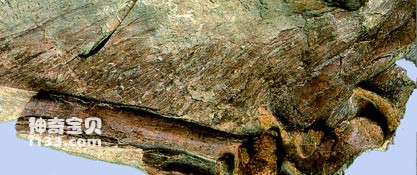
Another theropod dinosaur produced in the lower part of the Yixian Formation is ···
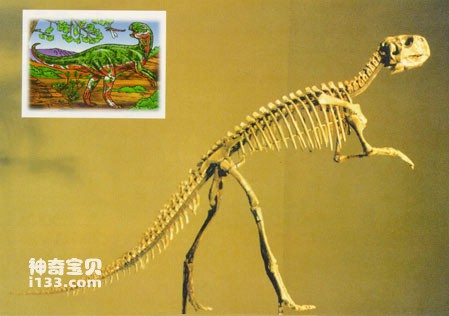
The Jehol Group in western Liaoning is a famous Mesozoic continental stratum in ···
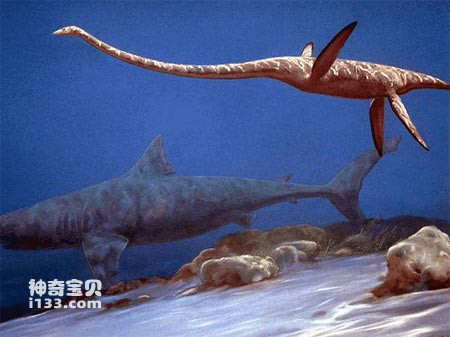
Hanauma Bay on the southern coast of Victoria, Australia is a famous source of d···
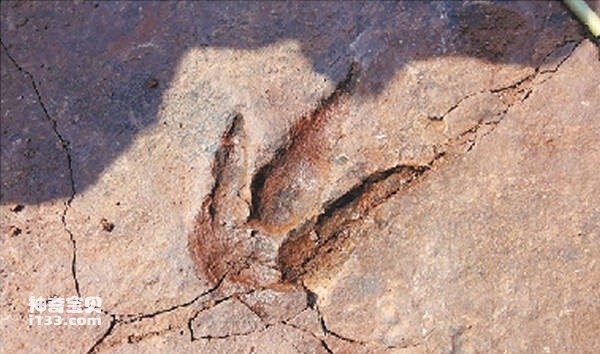
At 20 degrees east longitude on the south side of the Arctic Circle, there is a ···
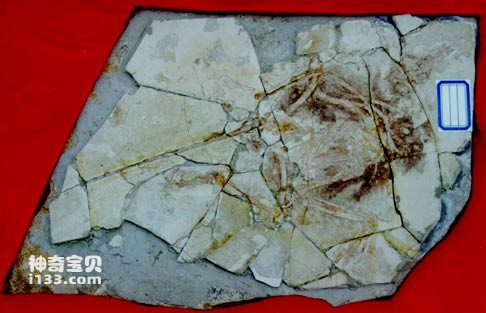
In the 1930s, a notorious "Piltdown Incident" occurred in the field of paleoanth···
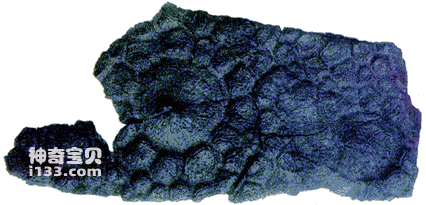
In the spring of 1985, scientific and technical personnel from the Sichuan Zigon···
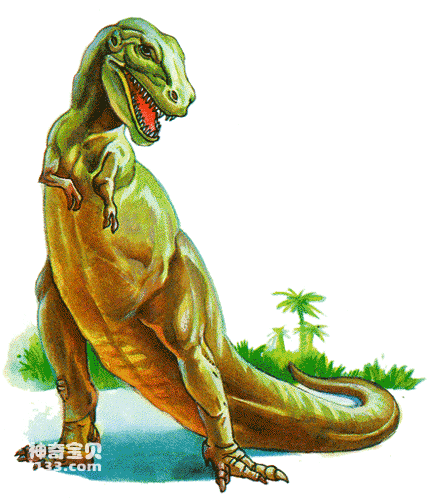
On May 14, 1992, the staff of the Black Mountain Research Institute in Hill City···
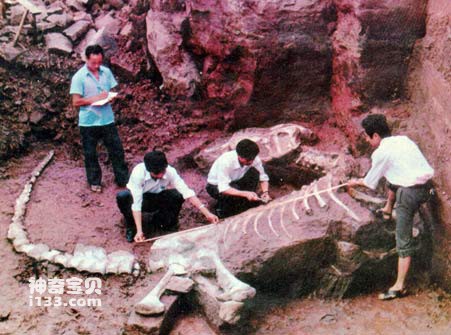
The Dashanpu Fossil Site is located in the Dashanpu dinosaur fossil site in Zigo···
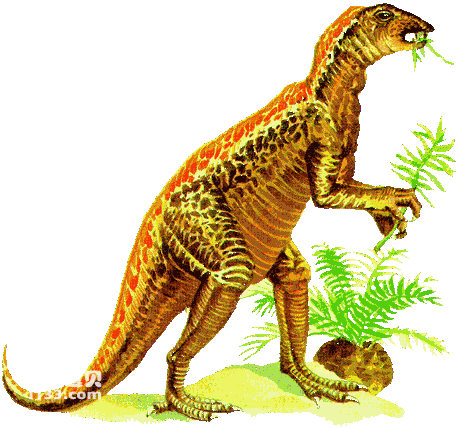
Ornithopods are an important branch of the dinosaur family. They consist of some···
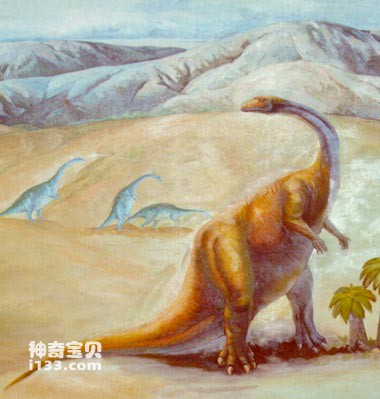
Since the earliest dinosaurs appeared in the Moon Valley in Argentina 228 millio···
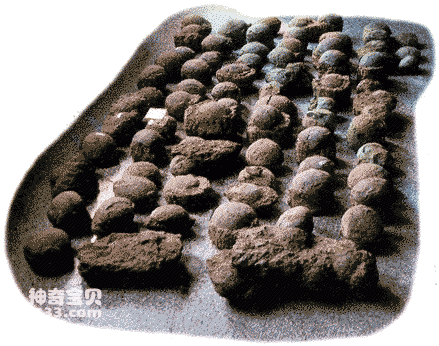
When it comes to dinosaur eggs, many people may be familiar with them. A large n···
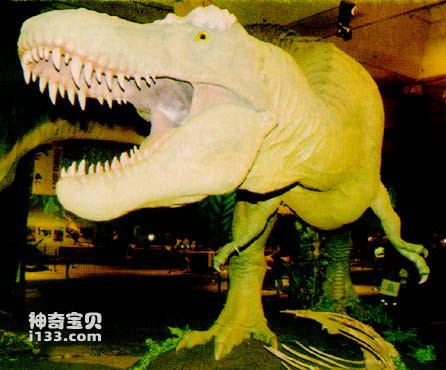
If someone asks you what is the largest carnivorous dinosaur in the world, you m···
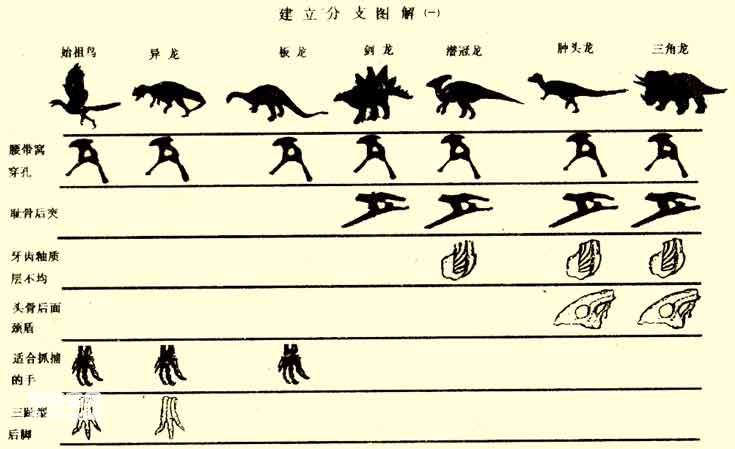
In June 1995, the American Museum of Natural History reopened its two dinosaur e···
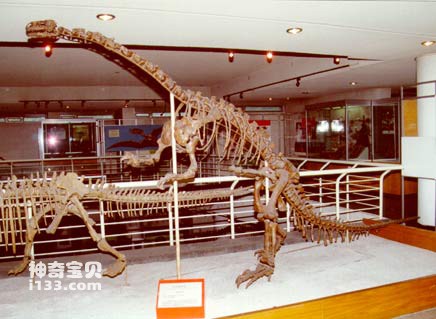
China's first dinosaur fossil skeleton was unearthed from the east slope of Shaw···
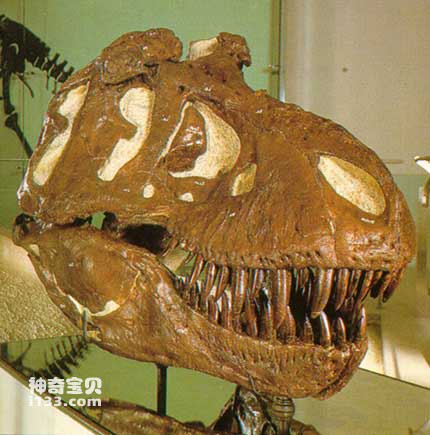
As a large animal family, dinosaurs have ruled the world for more than 100 milli···